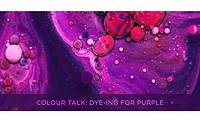The Latest Evolution in Peel-and-Stick Color Sampling
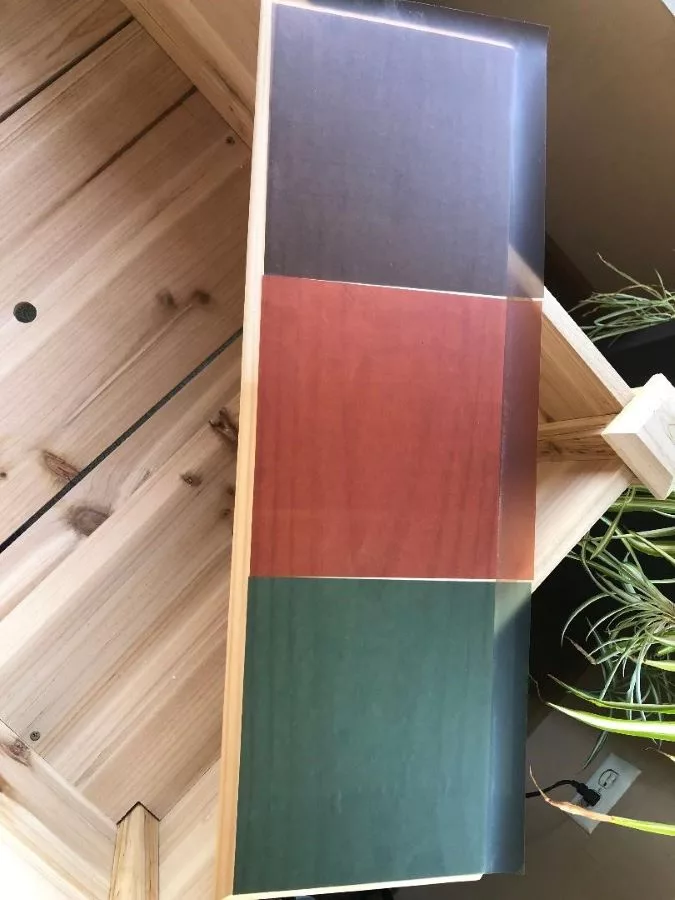
Image courtesy of CCI.
For years now, peel-and-stick color samples have been making an impact on how consumers choose paint colors for their painting projects.
A Brief History
Paint color collateral has evolved over the years. From the time of the industrial revolution, paint companies were making their own color charts and collateral. At the turn of that century, outsourcing to specialized producers started. In time these producers’ only business became the production of color collateral for the paint and related industries. With the advancements in POS (point of sale) color tinting, the color offerings grew exponentially, and accurate reproduction of thousands of colors was now needed. Color collateral producers rose to the challenge, but sample sizes often suffered, negatively impacting visual color matching precision. The new millennium saw the introduction of innovations such as ColorTac™ peel-and-stick color chips. This new type of color collateral was greeted with enthusiasm, and while they allowed the consumer to remove the chips off the card and onto a wall, their size generally lacked an improvement in visual color matching precision.
The introduction of paint test pots would address the issue of sample size; little cans or jars of paint tinted to the POS formulas. The problem was that they were not very user friendly. The consumer would paint out a patch of color on to the wall to be painted, wait for it to dry, and then if they didn’t like what they saw would likely paint out another patch usually in a different location, or try a different color altogether. Once a color choice was made, you now had a patch or patches of paint which needed to be covered, possibly even requiring priming. While this approach served the purpose of increasing the visual color matching precision, it was time consuming, labor intensive, and expensive.
The Evolution of Peel-and-Stick Color Sampling
These new upgraded versions of devices are large in size, typically 8x8 in, and designed for opaque architectural colors, they have the ability to hide the surface that its being applied to like the wall paint it represents. It covers the differences in substrate color through a combination of utilizing an opaque substrate and opaque pigments in these samples. This allows the paint consumer to select a paint color that will be color accurate to the paint product. They could be repositioned onto different walls allowing for the effects of room lighting changes and allow the consumer to live with the color before deciding their color choice. These peel-and-stick samples eliminated the problems of using test pots, while maintaining the positive aspect of improved visual color matching precision. These, however, only addressed the need in opaque solid architectural paints.
Answering Another Need
What remained unsolved was all the issues that plagued the transparent and semi-transparent stain sector of the industry. Consumers in need of transparent and semi-transparent stains have had little choice but to purchase product without knowing exactly how the product will end up looking once applied to their project. Fundamentally, most stain consumers know that the color of the stain will be affected by the wood type whether it is oak, cherry, poplar, pine, birch, or walnut. Visual color matching precision for semi-transparent and transparent stains has in the past been elusive. Some stain producers have color collateral showing the effects of different woods on their colors. This is usually carried out by producing collateral or expensive store displays with an increased number of color chips representing color(s) on different woods. While this may have some value, sample size and the limitation of the number of woods that are practical to produce on color collateral, has limited its usefulness.
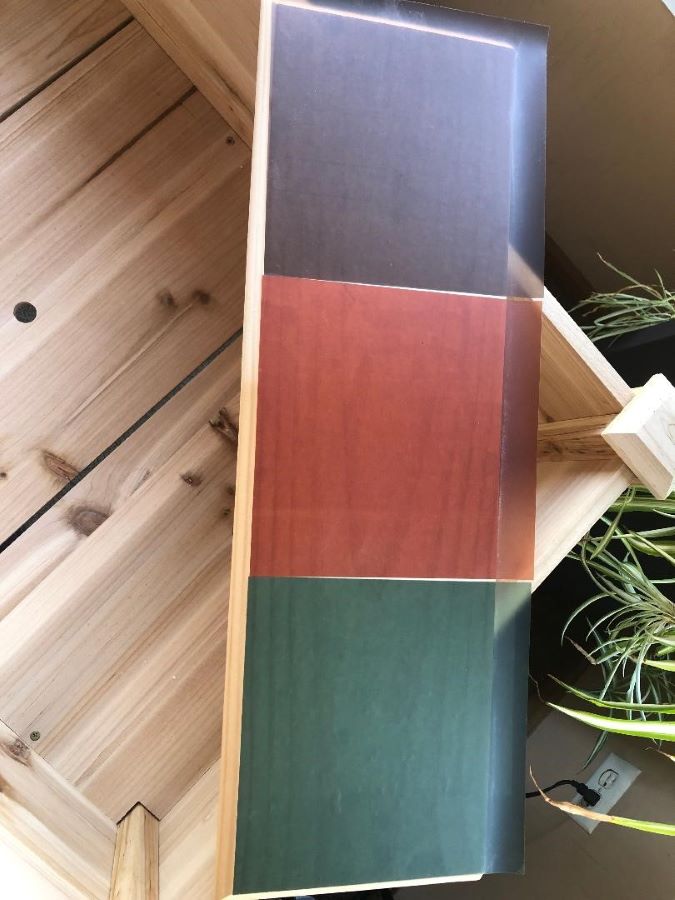 Three different colors – red, green and brown – simulating stain application.
Three different colors – red, green and brown – simulating stain application.
A New Invention
The recent invention of peel-and-stick samples for transparent and semi-transparent stain applications solves this issue much the same way as the opaque solid architectural samples did for that market segment. Transparent or semi-transparent ColorTac™ allows the surface of the substrate that’s being decorated to come through by the utilization of a completely clear substrate and transparent colorants. This allows the surface of the object being decorated to impact the final color when decorating different types of woods. Being transparent, the color will be affected in a similar way as the actual product, which appears a different color depending on the type of wood it’s being applied too. This helps the consumer make better color choices for wood stains before purchasing product. It’s believed that this will help reduce product returns and should improve consumer satisfaction with color choices.
How It Works
Light, illuminating an object, can only be reflected, transmitted, or absorbed. Objects that only reflect and absorb light are opaque. Those that also transmit an amount of light are said to be translucent, and when light transmits through an object without changing direction it is transparent.
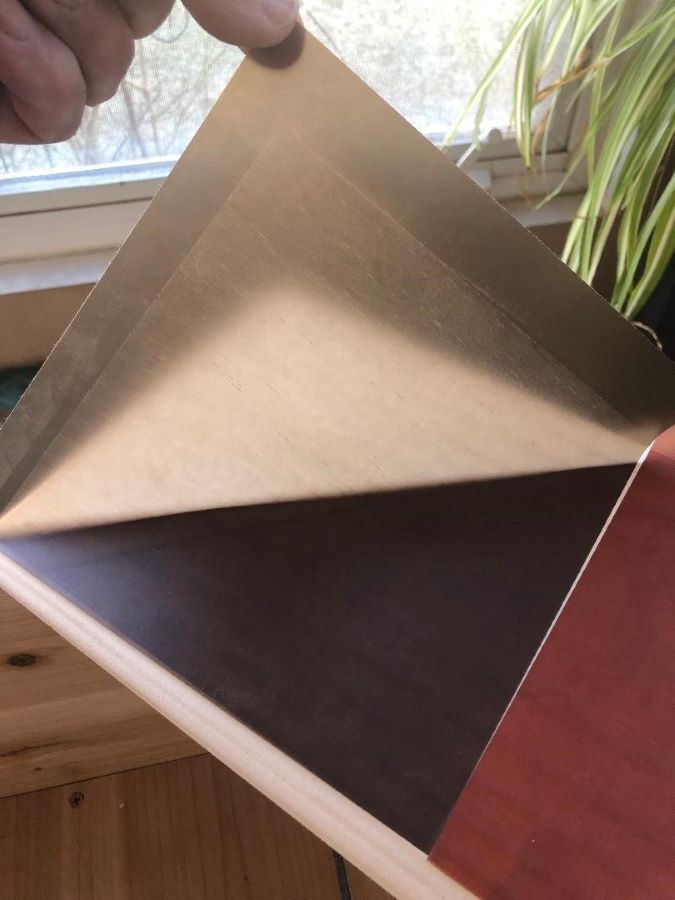 Depiction of the amount of translucency in a brown color.
Depiction of the amount of translucency in a brown color.
The color of transparent materials is a function of absorption by wavelength. If a part of the light is being scattered it is translucent and the color of the material becomes dependent on the amount and type of light scattering and light absorption present.
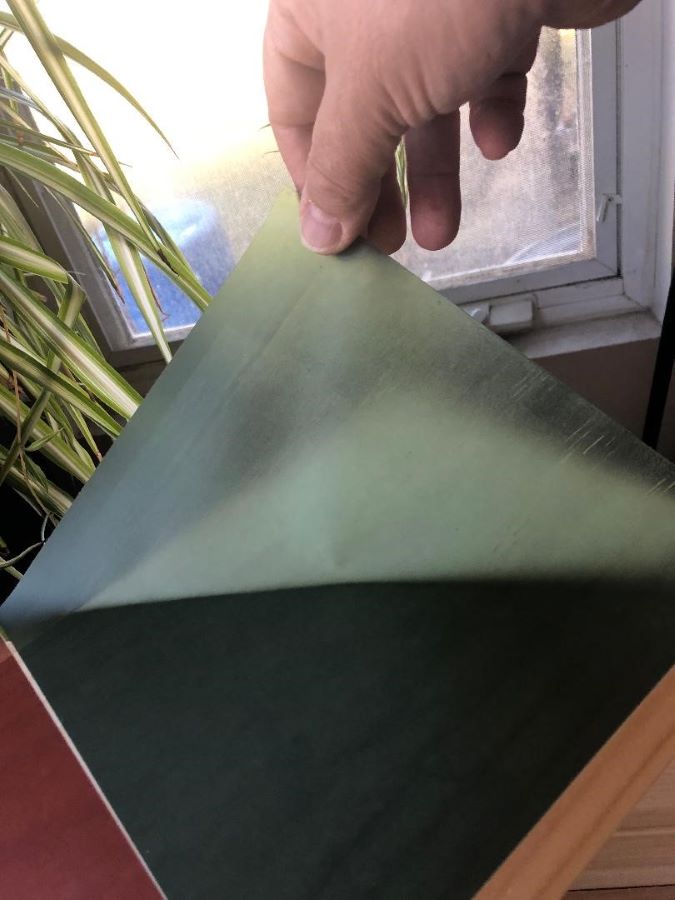 Depiction of the translucency of a green color.
Depiction of the translucency of a green color.
Protected by a 2023 pending patent, ColorTac™ transparent and translucent peel-and-stick samples utilize highly micronized pigments and metal complex dies, incorporated into a clear vehicle, which is then coated onto a clear PET pressure-sensitive film at a dry-film thickness of between 20-30 microns. Colors can be matched to the same absorbance and transmittance of the stain producers’ color standards. This is achieved by color matching the coating used in the production of the peel-and-stick material over the same wood or substrate used in the production of the stain product’s color standards.
The combination of the adhesive layer, substrate sheet, and transparent coating results in a transparent or semi-transparent color sample, such that light can transmit through the color sample, reflect off of the base material (typically wood), and transmit out of the color sample. The transparent/translucent peel-and-stick sample will transmit and reflect light in a very similar way as the stain producers color standards.
The adhesive layer is optically clear and water white, and has enough tack to adhere to a piece of unfinished wood, while still being able to be easily removed or repositioned. The pressure-sensitive adhesive is protected by a release liner. The release liner protects the adhesive layer during storage and transport of the color sample. The release liner can be removed prior to applying the color sample to a base material.
Color collateral has always been designed with consumers in mind. Past market needs continue to drive innovation toward accurate and easy-to-use collateral products. This new approach to color sampling for transparent and semi-transparent stain applications is just the latest example of a color collateral supplier answering its market’s needs.
*All images courtesy of CCI.
Looking for a reprint of this article?
From high-res PDFs to custom plaques, order your copy today!




